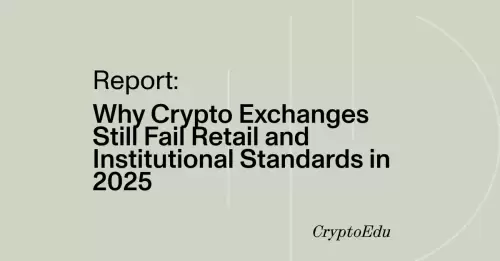 |
|
 |
|
 |
|
 |
|
 |
|
 |
|
 |
|
 |
|
 |
|
 |
|
 |
|
 |
|
 |
|
 |
|
 |
|

Tether CEO Paolo Ardoino has expressed deep concerns over the European Union’s new stablecoin regulations, warning that they could lead to the collapse of European banks.
In a recent interview with Pascal Hügli, Ardoino elaborated on his worries, stating that the EU’s regulatory framework could actually increase rather than decrease systemic financial risk.
His main point of contention was the requirement for 60% of stablecoin reserves to be held in uninsured cash deposits within European banks. Ardoino argued that this setup exposes stablecoin issuers to significant liquidity risk.
To illustrate his point, he used the example of a €10 billion stablecoin market cap. According to EU rules, €6 billion would need to be stored in cash deposits. However, as banks operate on fractional reserves, they would typically keep only about €600 million liquid and lend out the remaining funds.
In a scenario where 20% of users request redemptions, amounting to €2 billion, the bank would be unable to fulfill the demand with the limited liquidity. Consequently, both the bank and the stablecoin issuer could face bankruptcy.
This situation arises not due to any mismanagement by the issuer but rather because of insufficient liquidity within the bank, ultimately leading to a domino effect with broader implications for the financial system.
Furthermore, Ardoino noted that major European financial institutions often refuse to work with stablecoin firms. This forces issuers to rely on smaller, risk-prone banks that are more vulnerable to liquidity shocks.
In his opinion, this setup amplifies fragility across the banking sector, which could be catastrophic in the long run.
Ardoino believes the regulation is effectively using stablecoin reserves to prop up weaker banks, and the potential consequences could be similar to the collapse of Silicon Valley Bank in 2023.
The bank had exposed similar vulnerabilities in managing uninsured deposits, which ultimately led to its downfall and had broader implications for the financial system.
Ardoino strongly feels that unless regulatory changes are made, multiple European banks could fail in the coming years, triggered by the very rules that were intended to stabilize the sector.
부인 성명:info@kdj.com
제공된 정보는 거래 조언이 아닙니다. kdj.com은 이 기사에 제공된 정보를 기반으로 이루어진 투자에 대해 어떠한 책임도 지지 않습니다. 암호화폐는 변동성이 매우 높으므로 철저한 조사 후 신중하게 투자하는 것이 좋습니다!
본 웹사이트에 사용된 내용이 귀하의 저작권을 침해한다고 판단되는 경우, 즉시 당사(info@kdj.com)로 연락주시면 즉시 삭제하도록 하겠습니다.





























































